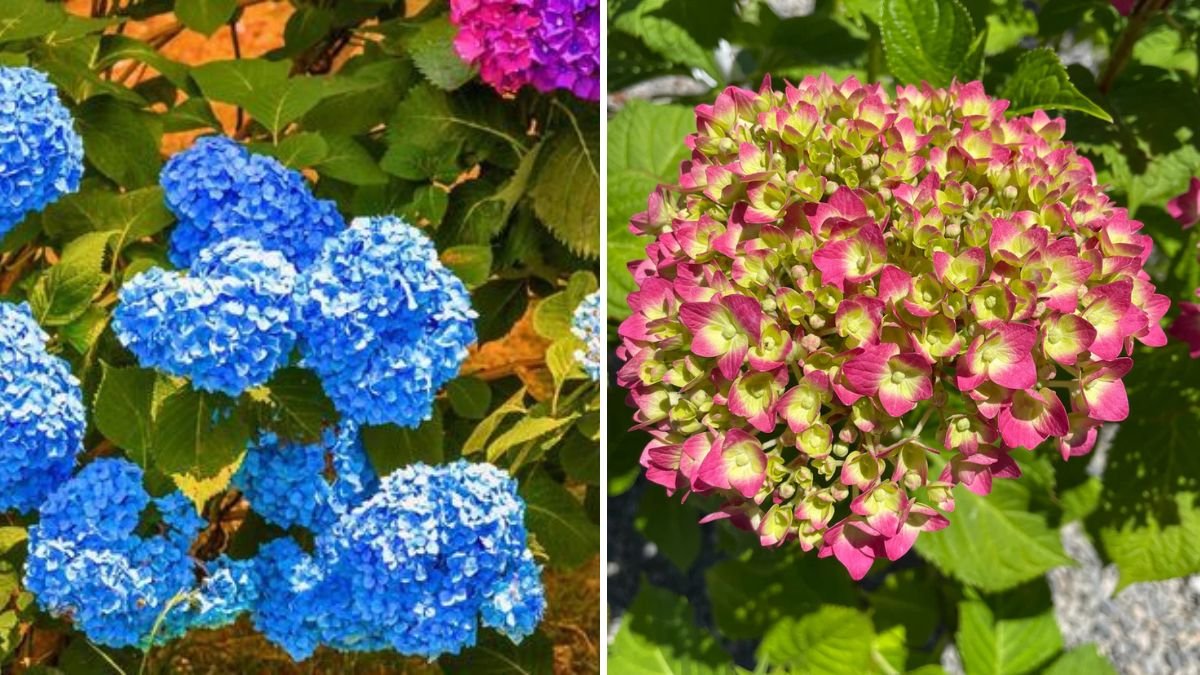Hydrangeas are beloved for their lush foliage and spectacular blooms, ranging from soft pastels to vibrant shades of pink, blue, and purple. However, these popular garden shrubs are particularly sensitive to heat stress. During heat waves, improper watering can quickly lead to wilted leaves, scorched blooms, or even long-term plant damage. Understanding the science of water management, recognizing the signs of stress, and implementing expert-backed techniques ensures hydrangeas remain healthy and continue producing stunning flowers, even in extreme heat. This guide provides a comprehensive, step-by-step approach to watering hydrangeas during hot weather without harming them.
Understanding Hydrangea Water Needs
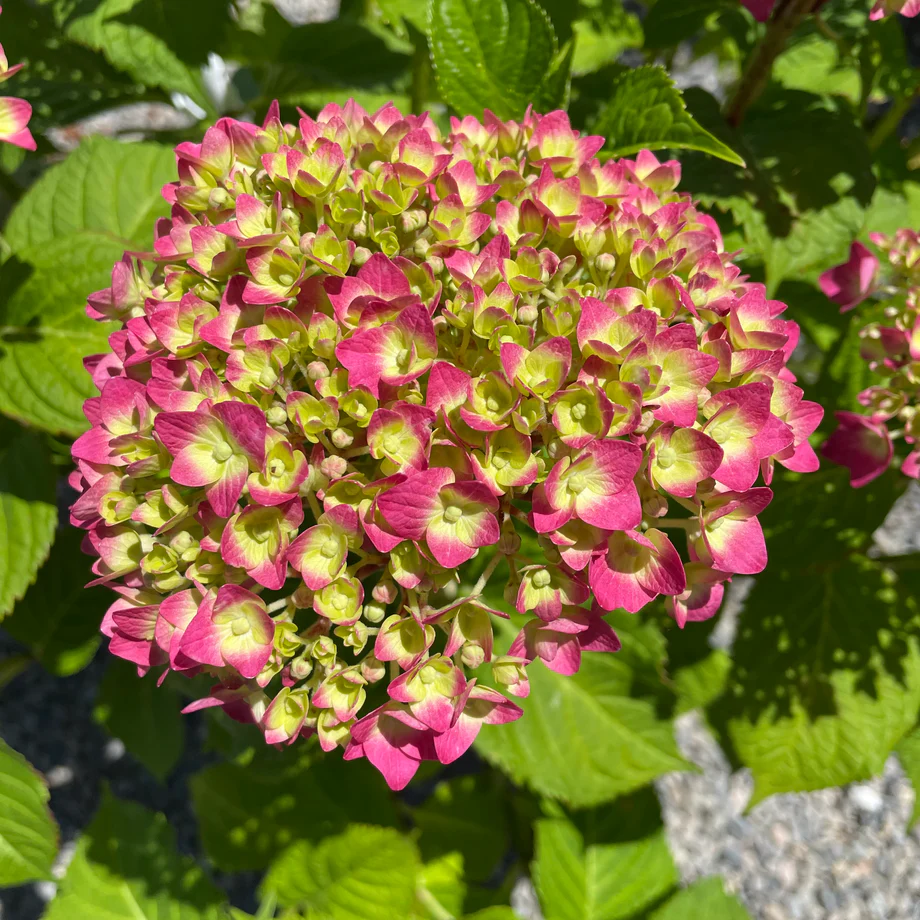
Hydrangeas are shallow-rooted plants, which makes them highly sensitive to both drought and overwatering. Proper hydration is essential for:
- Maintaining turgor pressure: Water keeps cells firm, preventing wilting.
- Supporting blooms: Adequate water ensures full, vibrant flowers.
- Nutrient uptake: Hydrated roots absorb essential minerals efficiently.
- Photosynthesis: Water is crucial for energy production and overall plant growth.
Heat waves increase evapotranspiration—the combined loss of water through leaves and soil—causing rapid dehydration. Understanding this physiological process helps gardeners time watering and adjust techniques to prevent stress.
Signs Hydrangeas Are Stressed During Heat
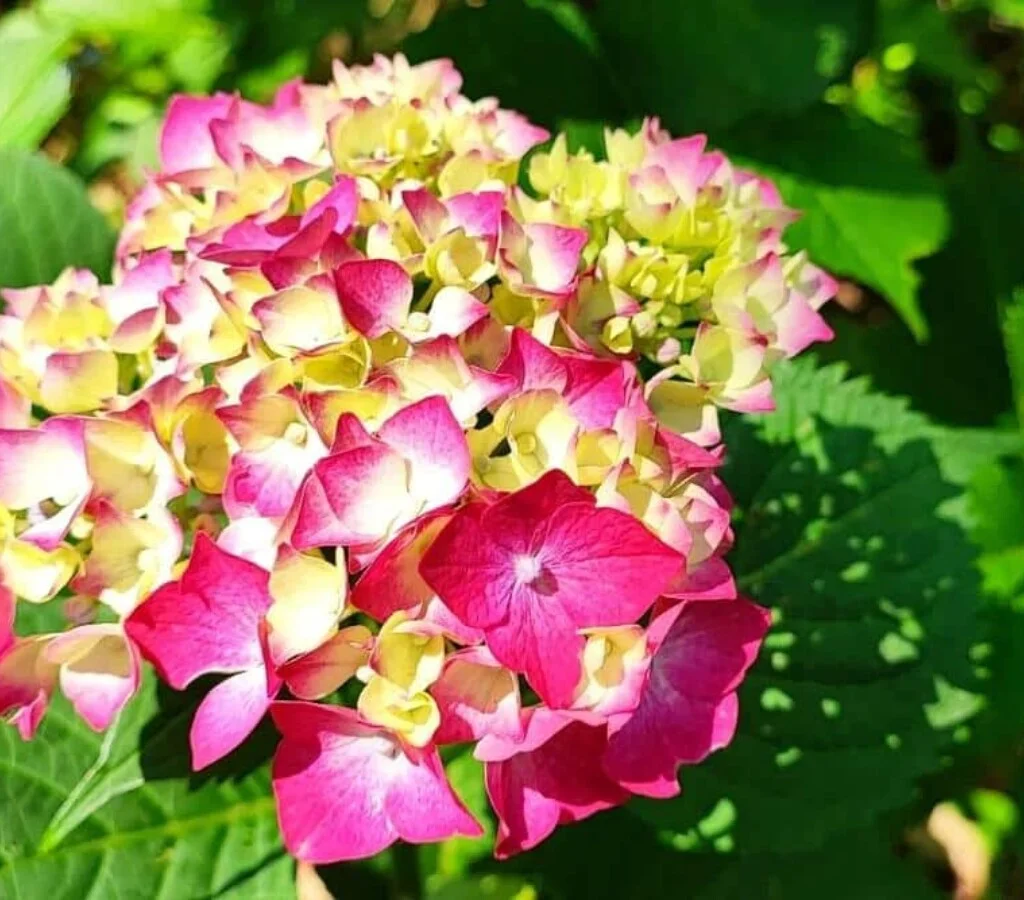
Recognizing early stress signals allows for timely intervention:
- Wilting leaves: Leaves droop during the hottest part of the day.
- Curling or scorched edges: Leaf margins turn brown or crispy.
- Drooping blooms: Flower heads may droop or fade prematurely.
- Slow growth: New shoots fail to develop or elongate.
Noticing these signs early can save the plant from long-term damage.
Common Watering Mistakes During Heat Waves
Even experienced gardeners can inadvertently harm hydrangeas with improper watering:
- Frequent shallow watering: Encourages surface roots instead of deep root growth, reducing drought tolerance.
- Watering during peak heat: Hot sun can cause water droplets on leaves to magnify sunlight, leading to leaf burn.
- Overwatering: Saturated soil can lead to root rot, especially in poorly drained areas.
- Ignoring soil moisture levels: Watering on a schedule without checking soil can cause either over- or under-watering.
Avoiding these mistakes is crucial for maintaining healthy, hydrated hydrangeas during heat waves.
How to Water Hydrangeas Properly in Hot Weather
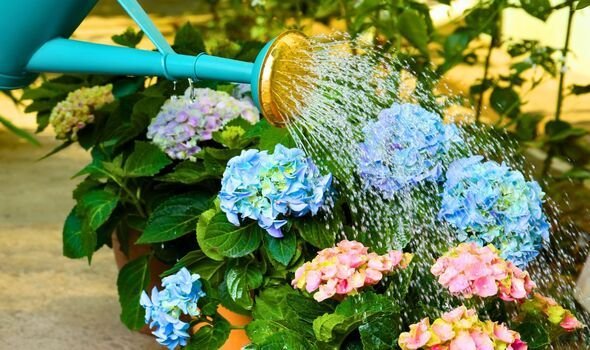
1. Water Deeply and Infrequently
- Method: Apply water slowly and deeply so it penetrates the root zone (6–12 inches deep).
- Frequency: Typically 2–3 times per week during extreme heat, adjusting based on rainfall, soil type, and plant size.
- Benefit: Encourages deeper root growth, improving drought resistance.
2. Water in the Early Morning or Late Evening
- Timing: Water before sunrise or after sunset to minimize evaporation.
- Avoid mid-day watering: Watering in direct sun can cause leaf scorching or excessive water loss.
- Expert tip: Early morning watering allows leaves to dry quickly, reducing fungal risk.
3. Use Mulch to Retain Moisture
- Materials: Organic mulch such as bark, straw, or shredded leaves.
- Depth: 2–4 inches around the base, keeping mulch away from the stem crown.
- Benefit: Mulch moderates soil temperature, reduces evaporation, and keeps roots cooler.
4. Check Soil Moisture Regularly
- Technique: Stick a finger or a moisture meter into the soil near the root zone.
- Guideline: Soil should be consistently moist but not waterlogged.
- Adjustment: Increase watering frequency during extreme heat or reduce if the soil is still damp from rainfall.
5. Consider Drip Irrigation or Soaker Hoses
- Why: Delivers water directly to roots while keeping foliage dry.
- Advantage: Reduces water waste, prevents leaf burn, and maintains consistent soil moisture.
- Tip: Avoid overhead sprinklers during intense heat to minimize water loss and disease risk.
Adjusting Watering Based on Hydrangea Types
Different hydrangea species have slightly varying water needs:
- Bigleaf (Hydrangea macrophylla): Sensitive to drought; prefers consistently moist soil.
- Panicle (Hydrangea paniculata): More heat-tolerant; can handle slight drying between watering.
- Smooth (Hydrangea arborescens): Adaptable but benefits from deep, consistent watering.
- Oakleaf (Hydrangea quercifolia): Tolerates heat better but still requires moisture during prolonged drought.
Understanding your hydrangea type helps tailor watering schedules for optimal health.
Supplemental Tips for Heat Wave Resilience
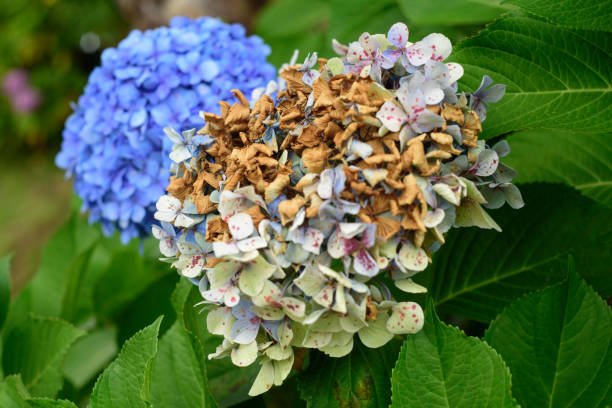
Shade Protection
- Temporary shading: Use shade cloth or lightweight garden fabric during peak heat to protect leaves and blooms.
- Natural shade: Plant near taller shrubs or trees that provide filtered sunlight.
Fertilization
- Timing: Avoid heavy fertilization during heat waves, which can stress plants.
- Slow-release options: Apply fertilizers in early spring or after the heat wave subsides to promote healthy growth.
Pruning and Deadheading
- Light pruning: Remove wilted or damaged flowers to reduce plant stress.
- Avoid heavy pruning: Excessive leaf removal during heat can reduce photosynthesis and exacerbate stress.
Long-Term Strategies for Hydrangea Health
- Soil improvement: Amend soil with organic matter to improve moisture retention and drainage.
- Mulch layers: Renew mulch annually to maintain cooling and moisture benefits.
- Root care: Avoid compacting soil around the root zone to allow proper water infiltration.
- Plant selection: Choose heat-tolerant varieties if you live in regions with frequent heat waves.
- Irrigation system: Consider installing a drip irrigation system with timers for consistent watering during summer months.
By combining proper watering, soil care, and heat protection strategies, hydrangeas can thrive even during extreme temperatures.
Common Mistakes to Avoid During Heat Waves

- Ignoring water needs: Even drought-tolerant varieties require supplemental hydration during extreme heat.
- Assuming foliage indicates hydration: Wilting may occur during the day even when roots are moist; always check soil moisture.
- Overcompensating with water: Too much water can suffocate roots, cause rot, and reduce oxygen availability.
- Neglecting mulching: Bare soil heats rapidly, increasing water stress and damaging root systems.
Attention to detail ensures that hydrangeas receive the precise amount of water needed without unintended harm.
Signs of Properly Watered Hydrangeas
- Upright, firm leaves throughout the day.
- Blooms remain vibrant and turgid.
- New growth appears healthy and strong.
- Soil remains moist but not soggy.
Monitoring these indicators allows gardeners to adjust care and maintain thriving plants during heat waves.
Conclusion
Watering hydrangeas during heat waves requires a balance between hydration and protection. Deep, infrequent watering, timed in the early morning or late evening, helps preserve water in the root zone while reducing leaf scorch. Mulching, drip irrigation, and proper soil management further enhance plant resilience. By understanding species-specific needs, monitoring soil moisture, and implementing heat-protective strategies, gardeners can maintain healthy, vibrant hydrangeas even under extreme conditions.
With careful attention, hydrangeas not only survive heat waves—they continue to flourish, producing lush foliage and show-stopping blooms that elevate any garden. Proper watering practices, combined with thoughtful soil care, mulching, and plant protection, ensure these beloved shrubs remain a stunning feature throughout the growing season, regardless of summer heat challenges.
